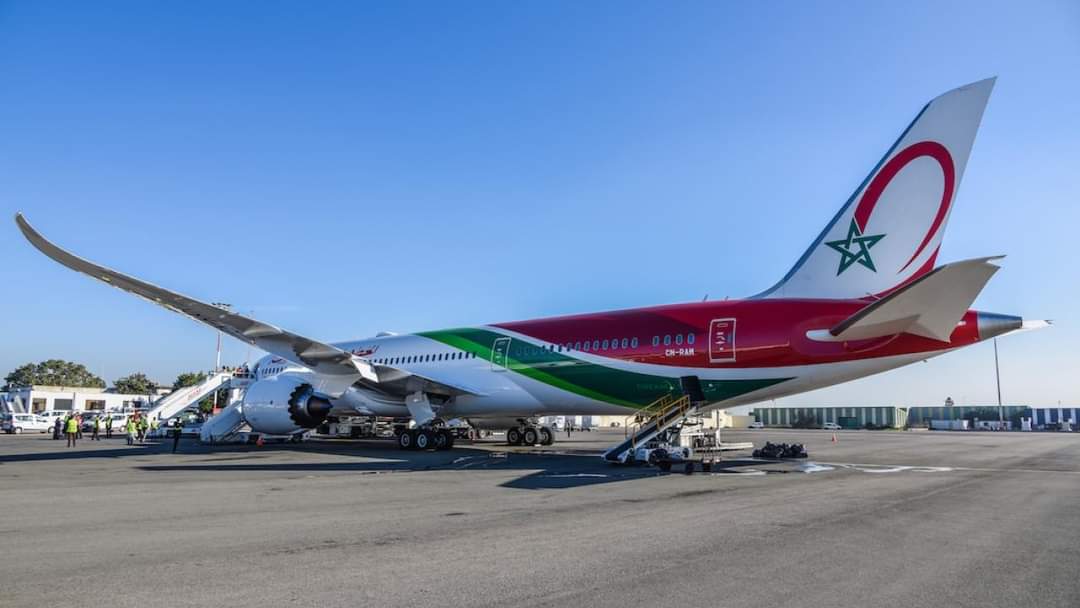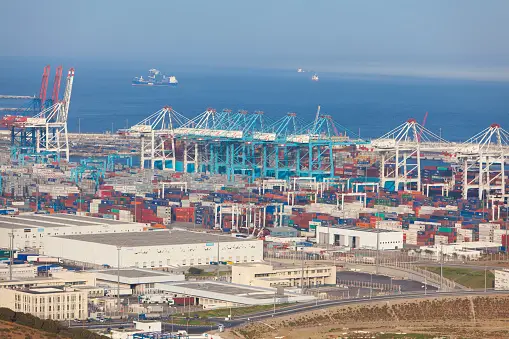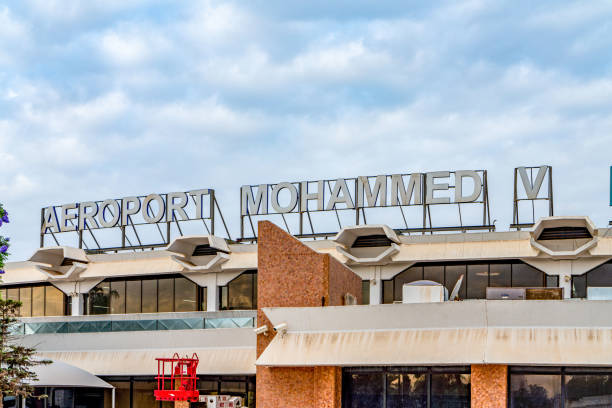Casablanca – In 2024, Morocco’s air transport sector has witnessed impressive growth, marking a continuation of the country’s remarkable recovery in air traffic. After setting a record in 2023 with over 27 million passengers passing through its airports—surpassing pre-pandemic numbers from 2019—Morocco’s airports are on track to achieve even greater milestones. By the end of July 2024, 18.1 million passengers had already traveled through Moroccan airports, representing an 18.5% increase compared to the same period in 2023.
Strong growth in international and domestic air traffic
This significant rise in traffic was driven by substantial increases in both international and domestic flights. International passenger traffic surged by 17.9%, while domestic flights saw an even higher growth rate of 24.6%, according to data from the National Airports Office (ONDA) and the Ministry of Economy and Finance’s Directorate of Studies and Financial Forecasts (DEPF).
The strong performance in air traffic was reflected across the country’s major airports, including Casablanca, Marrakech, and Agadir, which reported increases of 6.4%, 30.2%, and 34.6%, respectively. Other airports such as Tangier, Fez, Rabat-Salé, and smaller regional hubs also saw notable increases in passenger numbers, some exceeding 40%. These figures demonstrate the increasing demand for both international and domestic air travel in Morocco.
Geographical distribution of growth
The geographic distribution of air traffic growth highlights the country’s international connections. Traffic with Europe, Morocco’s primary aviation market, saw an increase of 19%. Growth was also recorded with the Middle East and Far East (up 12.1%), Africa (up 16.4%), North America (up 8.4%), and the Maghreb region (up 7.6%).
Plans to expand airport capacity
With Moroccan airports experiencing rapid growth, ONDA has embarked on an ambitious expansion plan to meet rising passenger demand. By 2024, the country expects total passenger numbers to surpass 30 million. To accommodate this, ONDA will open bids in September for the expansion of four key airports: Marrakech, Agadir, Tangier, and Fez.
These upgrades are vital as many of these airports are operating near, or beyond, their current capacities. The planned expansions aim to increase the collective capacity of these four airports to handle 35 million passengers per year, ensuring that the country’s air infrastructure can meet future demand.
Details of the expansion projects
– Marrakech-Menara Airport: Currently capable of handling 7.4 million passengers annually, this airport’s capacity will be expanded to 16 million passengers. The project includes a significant expansion of the terminal area to 142,000 m², as well as the development of new parking and road infrastructure.
– Agadir-Al Massira Airport: With its current capacity at 2.6 million passengers, Agadir’s airport will be expanded to handle 7 million passengers. The terminal will be enlarged to 75,000 m², including a mix of renovation and new construction, alongside external developments like roads and parking lots.
– Tangier-Ibn Battuta Airport: Tangier’s airport is set to grow from a capacity of 2 million to 7 million passengers per year. The expansion will include a new 70,000 m² passenger terminal with direct boarding facilities, a new control tower, and enhanced road and parking infrastructure.
– Fez-Saïss Airport: Fez’s airport, currently accommodating 2 million passengers annually, will be upgraded to handle 5 million. The renovation will expand the terminal to 32,150 m², with additional underground infrastructure, improved roadways, and an extended vehicle parking area.
Long-term infrastructure development for Casablanca
In addition to these immediate expansions, ONDA has engaged the consulting firm Ineco to develop a long-term master plan for Casablanca’s Mohammed V International Airport. This plan, which extends to 2040 and 2050, will ensure that Casablanca remains one of North Africa’s major air travel hubs, capable of handling future traffic growth with enhanced infrastructure and services.
Air cargo and sector performance
The strong momentum in Morocco’s passenger air traffic is mirrored in its air cargo operations, which saw a 24.2% increase in the first seven months of 2024. Likewise, overall airport activity has grown by 14.8% year-on-year, reflecting the broader growth in the aviation sector.
In July alone, more than 3 million passengers passed through Moroccan airports, setting a new monthly record with a year-on-year increase of 14.8%.
Morocco’s airports are experiencing unprecedented growth in 2024, driven by strong international and domestic demand. As the country continues to expand its airport infrastructure and improve capacity, Morocco is positioning itself as a key player in global and regional air travel. With forecasts exceeding 30 million passengers by the end of the year, the future of Moroccan aviation looks bright.
















